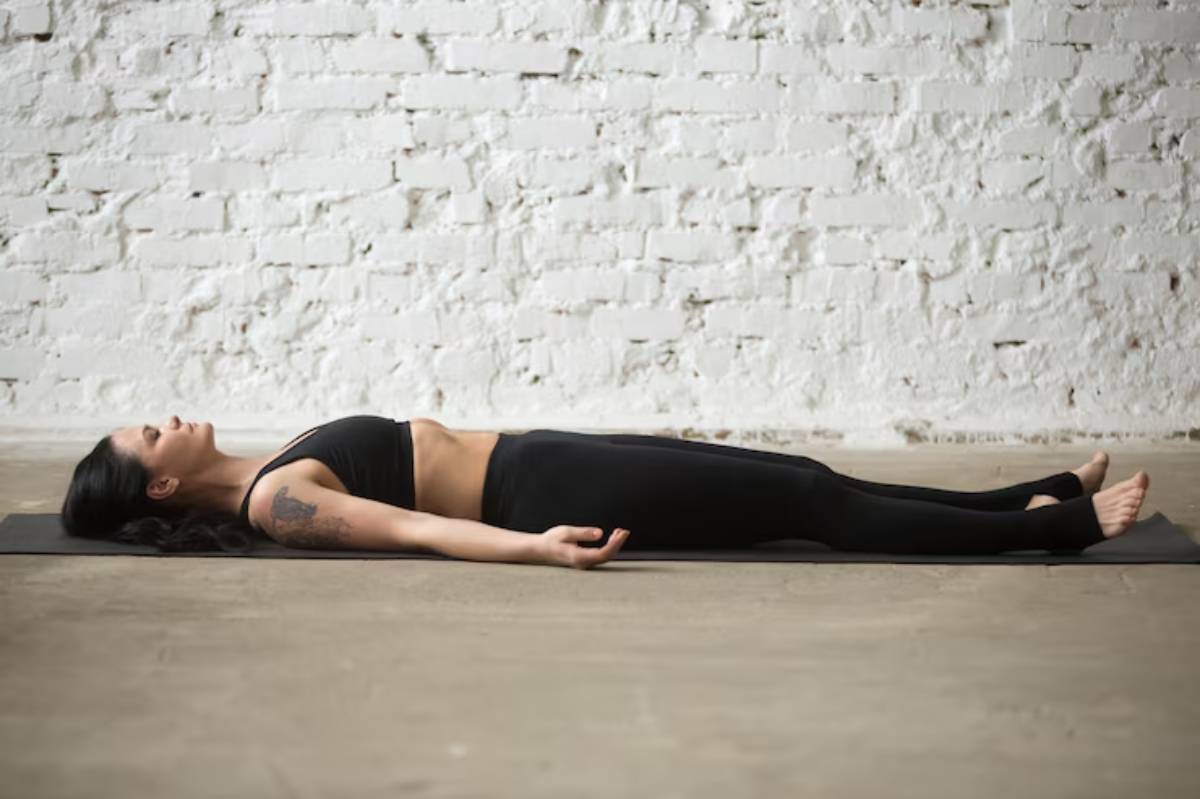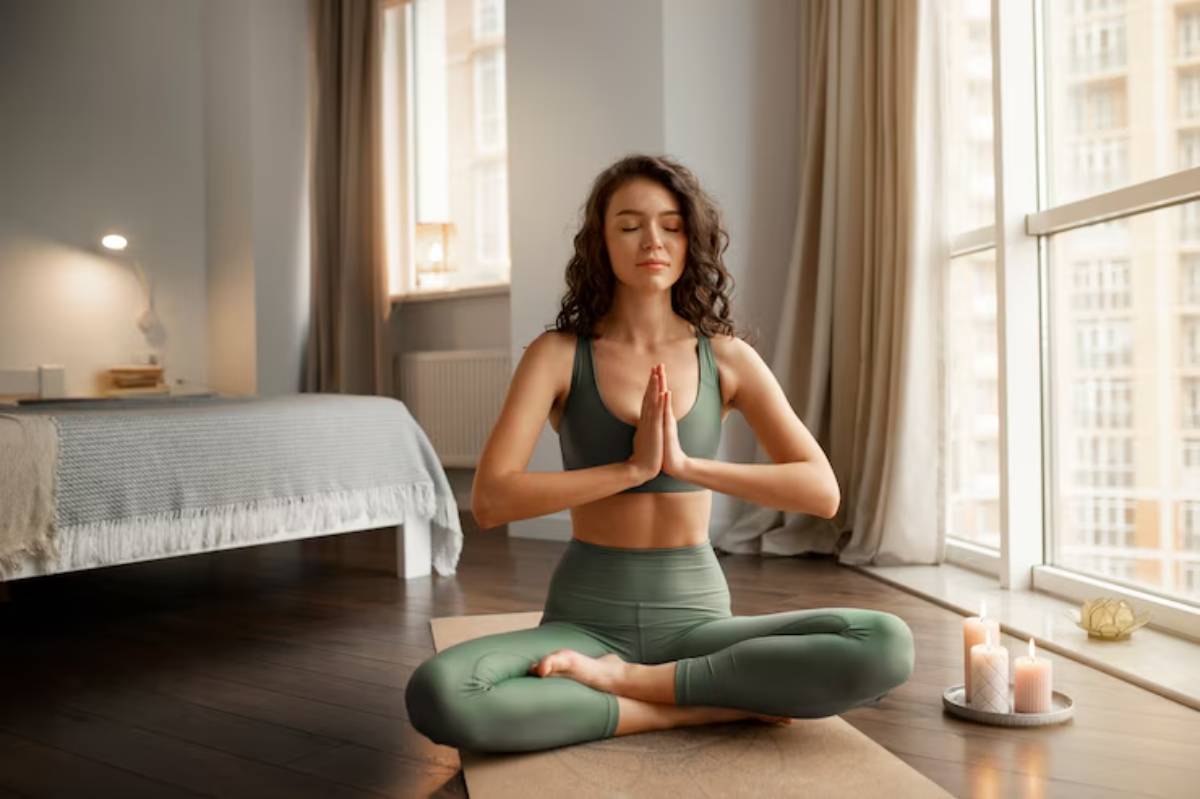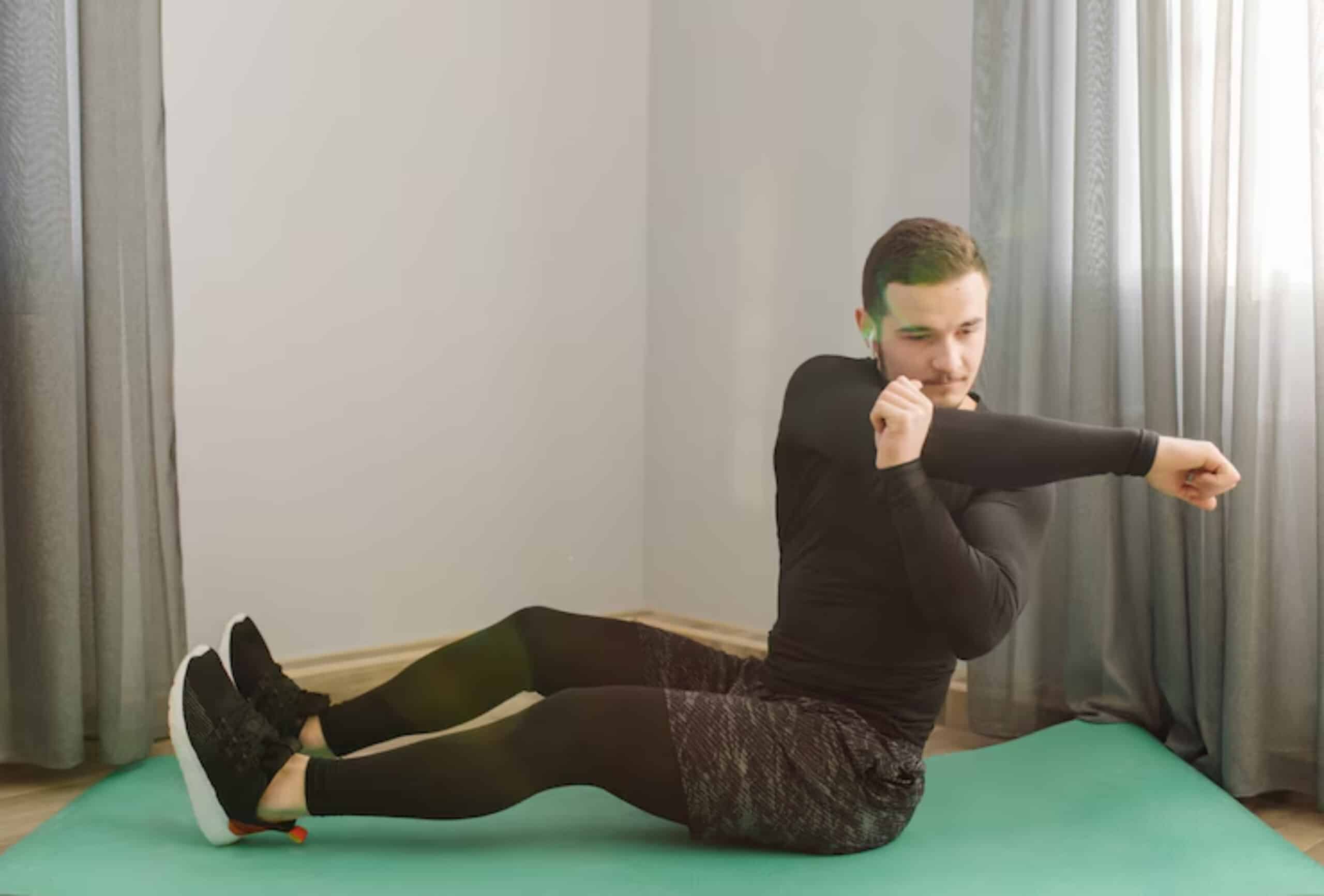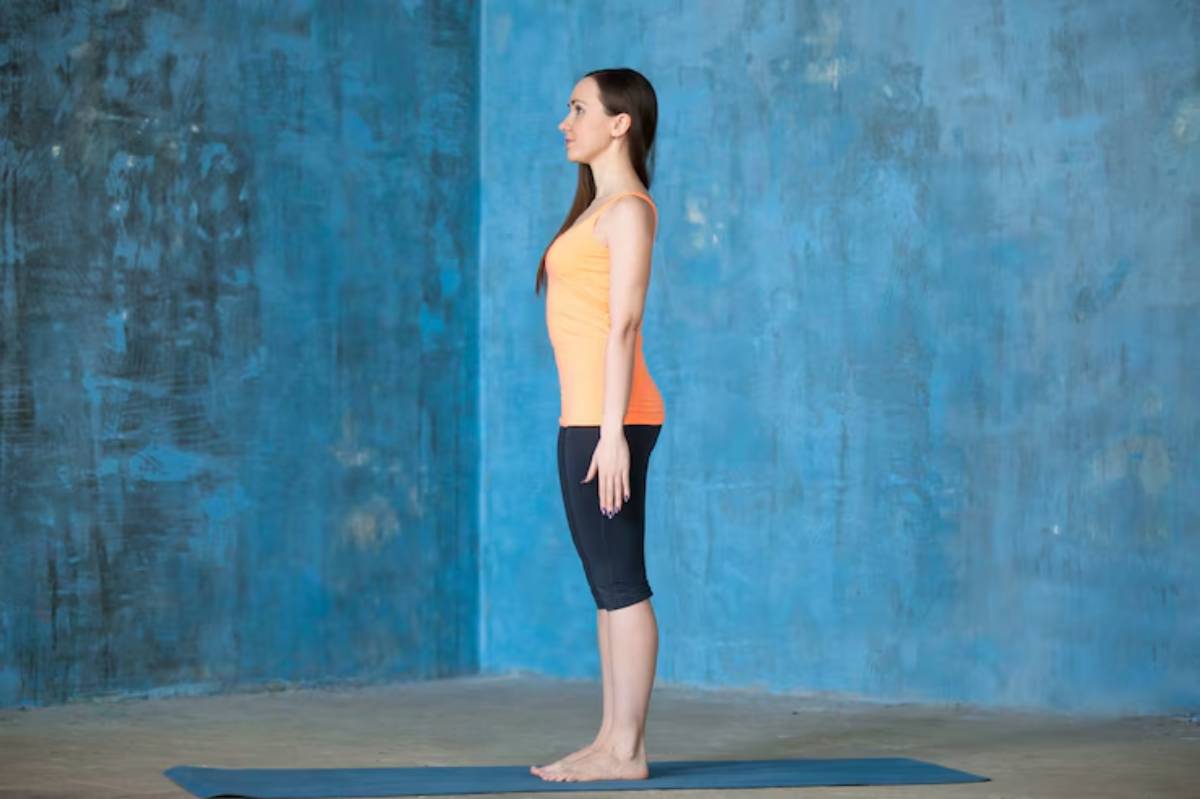
How to Master Balance Poses for Core Strength
Ever tried standing on one leg for longer than a few seconds and felt like a wobbly tree in a storm? You’re not alone. Mastering balance in yoga isn’t just about poise—it’s a dynamic, whole-body effort that starts from your core.
Balance poses don’t just look impressive—they challenge your muscles to stabilise, activate deep core systems, and improve coordination. And the best part? They’re scalable for any fitness level.
In this guide, you’ll learn how to build a solid, structured yoga training routine that specifically targets balance, starting with the core. Whether you’re a beginner or looking to refine your technique, this yoga balance tutorial will help you feel grounded, strong, and aligned.
Understanding the Core: How Balance Poses Build Strength and Stability
You don’t need to hold a handstand to reap the benefits of balance training. What you do need is an understanding of how balance works in the body.
Why Balance = Core Strength
Balance poses engage multiple muscle groups at once. While legs and glutes often bear the weight, your core stability poses are what keep you from tipping over. The core includes not just your abs, but also:
- Transverse abdominis: deep internal muscles stabilising your spine
- Obliques: responsible for twisting and lateral support
- Erector spinae: running along the spine for posture and extension
- Pelvic floor and diaphragm: Yes, even your breathing impacts balance!
Research in the Journal of Strength and Conditioning Research shows that single-leg balance work increases deep core activation and reduces the risk of lower back injury.
Quick Reference Summary: How to Improve Balance in Yoga
Here’s your balance-building checklist:
- Engage the core before lifting off the ground
- Keep your gaze fixed on a drishti point (focus spot)
- Practice barefoot to improve proprioception
- Breathe steadily—don’t hold your breath
- Start with two-footed poses, then progress to one-legged poses
- Use props like a wall or block until confident
- Practice consistently, 3–4 times per week
Balance isn’t about perfection—it’s about connection.
Check out how to combine yoga with weight training to strengthen the muscles that support balance.
Step-by-Step Guide: Core-Activating Balance Poses to Practise
Use this sequence to create a structured yoga training session around balance and core control.
1. Mountain Pose with Core Engagement (Tadasana)
- Stand tall with feet hip-width apart.
- Gently pull your belly button in and up.
- Lift your chest while keeping your shoulders soft.
- Visualise energy grounding into the floor.
Why it works: Teaches you to find alignment and root down before lifting up.
2. Tree Pose (Vrksasana)
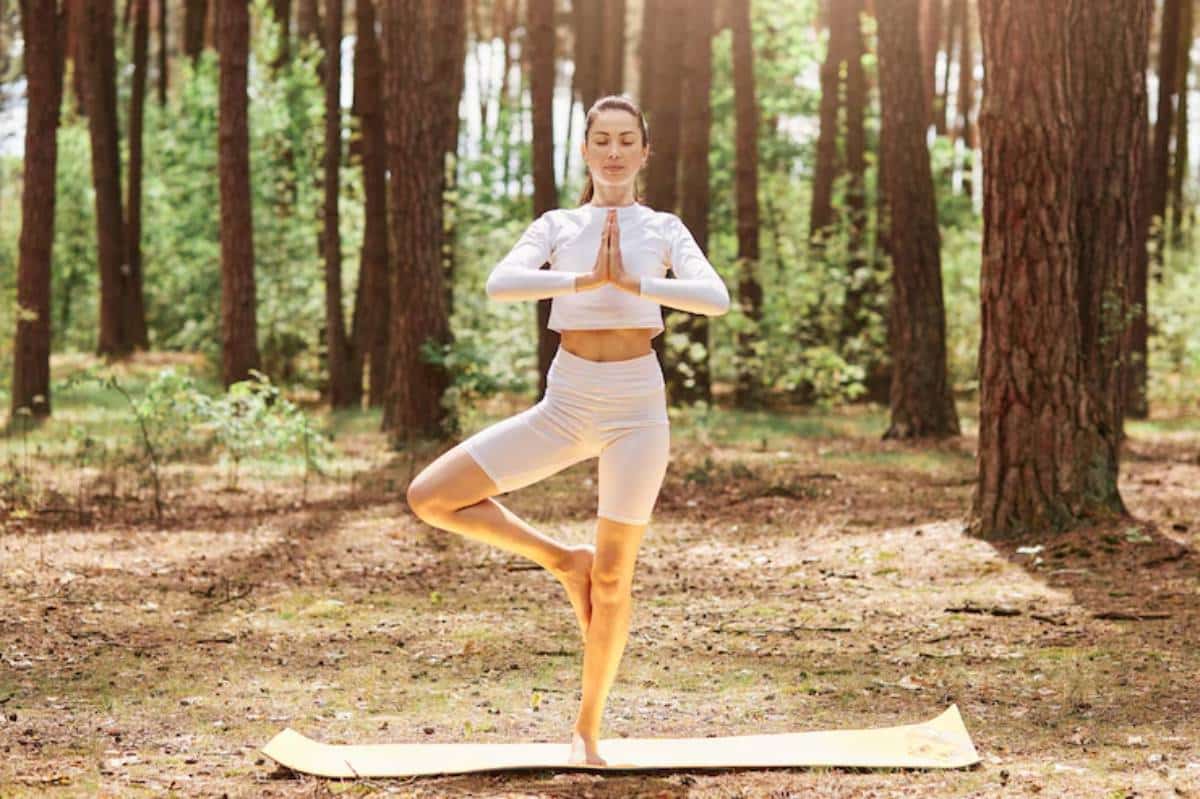
- Shift your weight onto your left foot.
- Place the sole of your right foot on your inner calf or thigh (avoid the knee).
- Bring your palms together at your chest or overhead.
- Hold for 30 seconds on each side.
Tips: Fix your gaze on something still to help stabilise. Squeeze your glutes to prevent wobbling.
3. Chair Pose Twist (Parivrtta Utkatasana)
- Begin in Chair Pose.
- Bring palms together at your heart and twist to the right.
- Hook your left elbow outside your right thigh.
- Hold, keeping knees aligned.
Why it works: Engages obliques and builds strength in the quads and glutes—key balance muscles.
4. Warrior III (Virabhadrasana III)
- From a lunge, shift forward, extending your back leg behind you.
- Keep your hips level and arms reaching forward or to the sides.
- Imagine a straight line from crown to heel.
Core cue: Pull your lower belly in to prevent arching your back. Keep the standing leg slightly bent.
5. Half Moon Pose (Ardha Chandrasana)
- From Warrior II, place your hand on the floor or block in front of you.
- Lift the back leg parallel to the floor.
- Open the chest and reach the top arm up.
Why it works: Builds lateral stability and core awareness, especially in the obliques and glutes.
6. Boat Pose (Navasana)
- Sit on the floor, knees bent, feet lifted off the mat.
- Extend arms forward, then straighten the legs if possible.
- Keep your spine long and chest lifted.
Hold for 30–60 seconds. Why it works: Direct core engagement, especially in the hip flexors and abs.
7. Eagle Pose (Garudasana)
- Wrap one leg over the other while balancing on one foot.
- Wrap the opposite arm over the top arm at the elbows and wrists.
- Sit low and squeeze your legs together.
This pose challenges balance, focus, and coordination all at once.
s & Notes
Pro Tip: Engage your core before lifting. Think “hug the belly to the spine.”
Important: Find your foundation. The more connected your foot is to the floor, the more balanced you’ll feel.
Common Mistakes to Avoid:
- Holding your breath leads to tension and wobbling
- Over-reliance on the standing leg, forgetting to activate the core
- Skipping warm-up—tight hips and hamstrings will make balancing harder
Best Practices & Additional Insights
1. Practice Barefoot
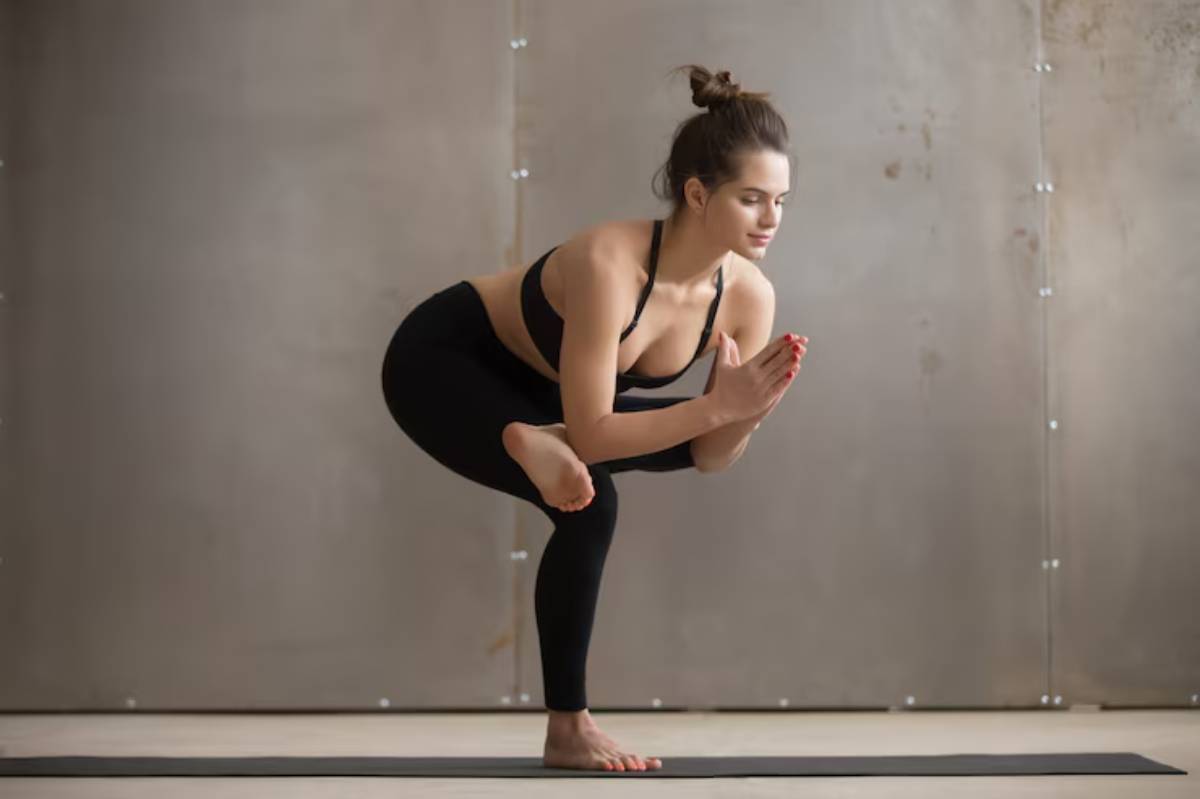
Shoes dampen feedback from your feet. Practising barefoot helps you develop better control and proprioception (your ability to sense where you are in space).
2. Try Wall Support First
There’s no shame in using a wall for initial balance poses. It allows you to focus on form and build muscle memory without fear of falling.
3. Progress Over Perfection
Start with 15–20 minutes of balance work 2–3 times a week. As you get stronger, add more complex transitions and poses.
Looking to deepen your practice further? Try our Improve Stability with Standing Balance Poses guide.
FAQs: Yoga Balance Tutorial Essentials
How long does it take to improve balance with yoga?
Most people see progress within 3–4 weeks of consistent practice. The key is repetition and mindful engagement.
Why do I keep falling out of balance poses?
It could be tension, lack of core engagement, or mental distraction. Use props, focus on one point, and breathe deeply to regain stability.
Can older adults benefit from balance yoga?
Absolutely. In fact, balance poses reduce fall risk and help maintain independence. Modify poses as needed for safety.
Should I do balance yoga every day?
You can! Even 5–10 minutes a day of balance-focused poses can improve coordination and strength.
Conclusion: Balance Isn’t Just a Pose—It’s a Practice
You don’t need gymnast-level flexibility or years of yoga experience to master balance poses. What you do need is patience, breath, and consistent effort.
By focusing on core stability poses, engaging the right muscles, and following this yoga balance tutorial, you’ll notice dramatic improvements not just on the mat, but in how you stand, walk, lift, and live.
So step onto your mat, find your centre, and improve your balance—one pose, one breath at a time.
